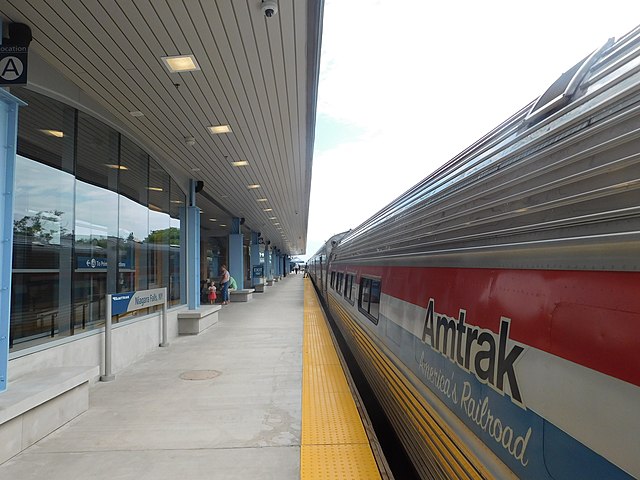crs1026
Superstar
I keep repeating myself, but even a European or Japanese railway company (or any airline, for that matter) would come up with boarding and detraining procedures which are not that different from those of VIA, when faced with the same infrastructure, just like VIA‘s procedures would closely resemble those of aforementioned railroads and airlines, if it had the luxury of using such purpose-built and customer-centric infrastructure…
And I keep repeating also - they might not be able to do better, but they would likely try harder to try to innovate rather than dismissing the matter as "it's the best we can do"
I appreciate just how constraining the environment is..... anybody who can figure out how to queue people conveniently in the Departures Concourse at Toronto Union deserves a Nobel Prize.... different things have been tried there over the years without any real success. However there are obvious things that would improve the process, such as better localised PA announcements and not using a gate that is tucked away around the corner in a back passageway. The staff were polite and organized, but the passengers had no idea what the plan was. Similarly, the method of shuttling Business Class passengers from lounge to gate is ineffective given the volumes of people along the way.... what starts as an organized line devolves.
When I took the Ocean recently out of Montreal, the agent who handed out dinner reservations was seated at a poorly signed desk that was neither in the Business Lounge nor at the gate. No announcement was made to tell passengers they should check in with that agent if they wanted a dinner booking. It was a case of guesswork and hide-and-seek.
The passenger only sees the chaos and not the root cause. I do think ViA needs to worry more about this even if the best solutions aren't possible.
- Paul








